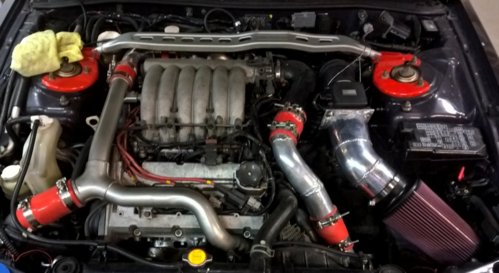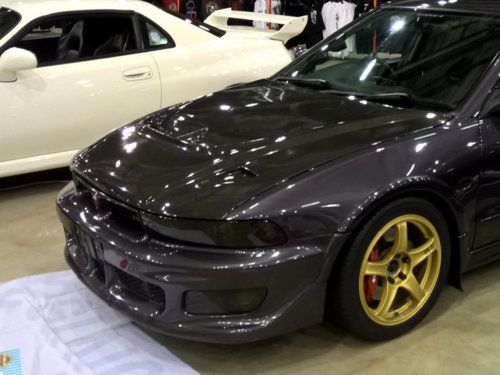I've been doing a lot of looking into this with Trotty and some convos with Steve et al.
That’s where I am at the moment, if you can afford it then ceramic coat all the things.
So what exactly are you trying to achieve here. Yes I understand what you said, however you do not mention what temps- you talking inlet, underbonnet, water temps etc etc?
1. What is your current under bonnet temp.
2. How much cooler do you think all these things will actually achieve 5,10 degrees?
3. From the above answer, what do you expect to gain.
All I see is a lot of work that will, in all likelihood, result in you not seeing any quantifiable gains. I wish you luck, however if you're after a performance gain, I think you'll be disappointed.


